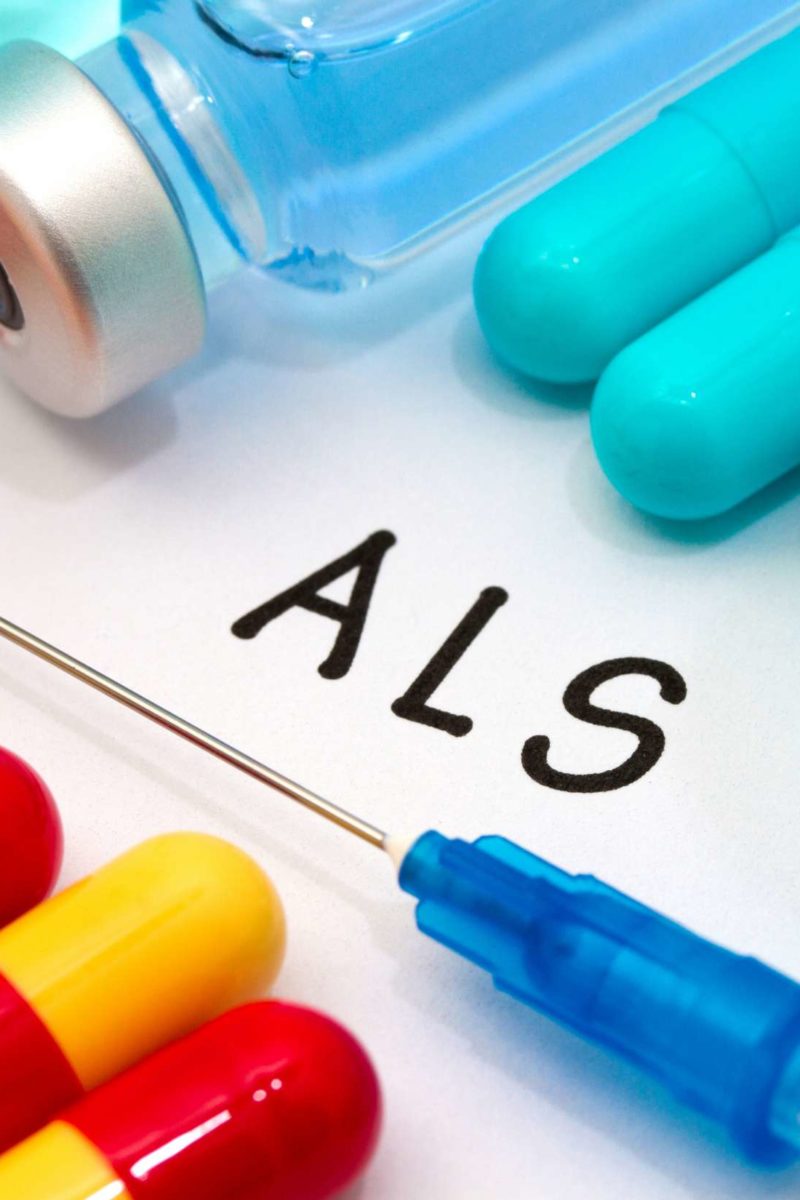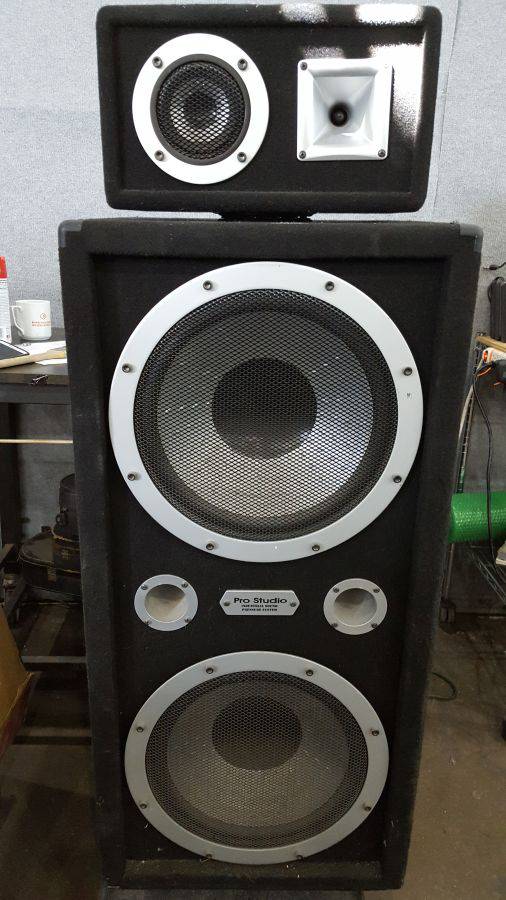The common cold tends to clear up on its own in three to four days says Melisa Lai Becker MD site chief of emergency medicine at Cambridge Health Alliance. Lightheadedness and dizziness are more common symptoms.
Along with a cough there may be sneezing and a sore throat and runny nose.

Cold symptoms no fever. If you feel that this condition is the main cause of your chills you need to drink something sweet. A mild cough can be experienced. This can be the temporary fix you need to get rid of the chills.
The common cold may cause a mild to moderate cough usually without a fever. The symptoms of flu can include fever or feeling feverishchills cough sore throat runny or stuffy nose muscle or body aches headaches and fatigue tiredness. You usually do not experience a fever with a.
The most common symptoms of a cold are sneezing aches and pains a runny or stuffy nose and sore throat. Once a cold virus enters your body the response of the immune system is to immediately confront it. The National Institute of Health also found that the initial symptoms of a cold which is an upper respiratory infection often do not include fever.
While a fever is commonly associated with COVID-19 many people may have the illness but no fever. If you have flu-like symptoms but no fever you might suspect that you have a cold. Colds are caused by hundreds of different viruses.
It is worth noting that when people experience COVID-19 symptoms. Other possible symptoms of a cold include. It starts with a scratchy throat.
The most common symptoms of a cold include nasal congestion runny nose watery eyes sneezing sore throat coughing mild fatigue and achy muscles. What are the symptoms of the flu versus the symptoms of a cold. Sneezing is common and some people may experience fatigue andor a low-grade fever 995 to 100 degrees.
Other symptoms of hypoglycemia include dizziness cold sweats hunger rapid heartbeat headaches sweating anxiety and dizziness. The symptoms of a cold and of the flu are very similar. Hypoglycemia can cause chills without a fever.
Colds tend to develop more gradually and are less severe although they do still make you feel unwell. Some of the results of this immune system reaction are the standard cold symptoms of coughing sneezing nasal congestion and body aches. They include a runny nose congestion a sore throat and a cough.
It is not always easy to tell the difference and even a cold can cause you to have a mild fever. It is usually with acute hypotension sudden and severe that symptoms like cold sweats arise. Cold symptoms are usually milder than the symptoms of flu.
The common cold which is brought on by around 200 viruses that lead to respiratory illnesses causes mild symptoms that develop over three to seven days.

/als-lou-gehrigs-disease-life-expectancy-2223973_V2-b2ca2920c39a4ff99d0218fb2e482038.png)









